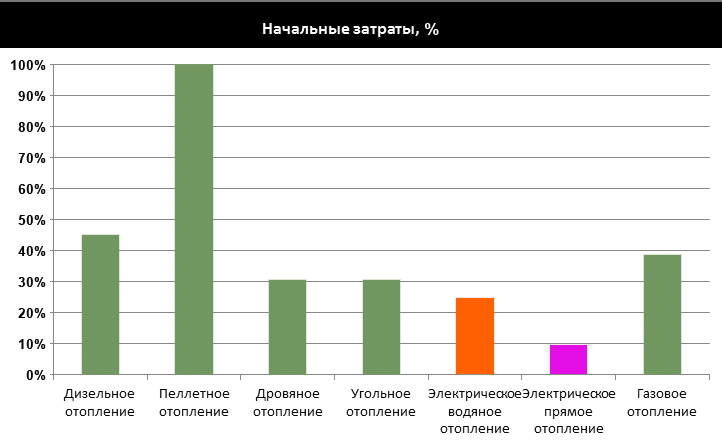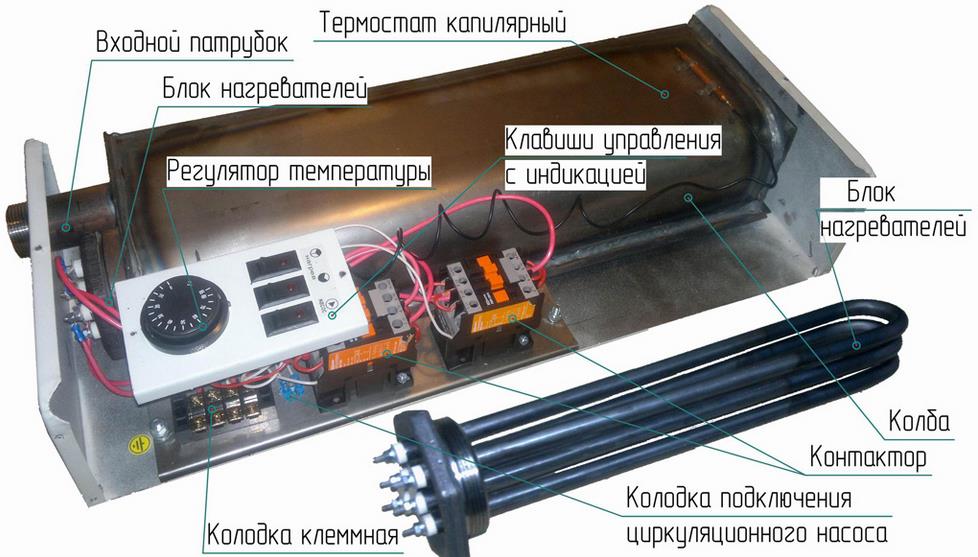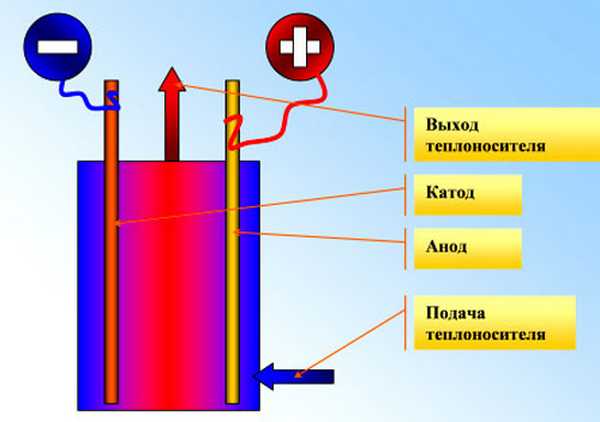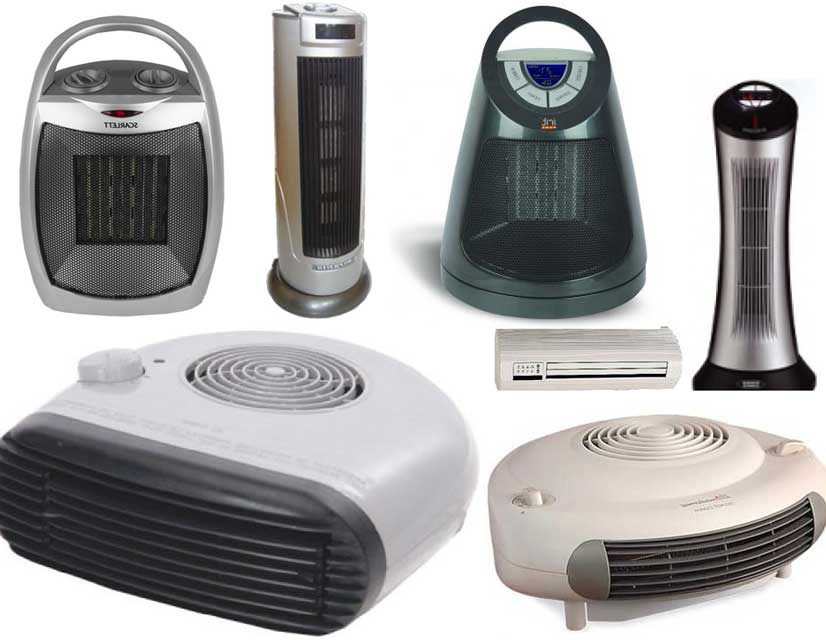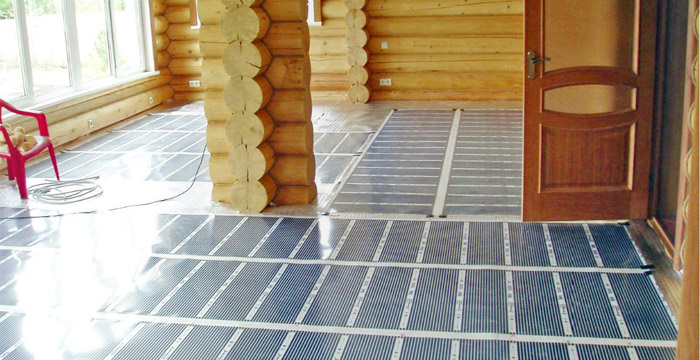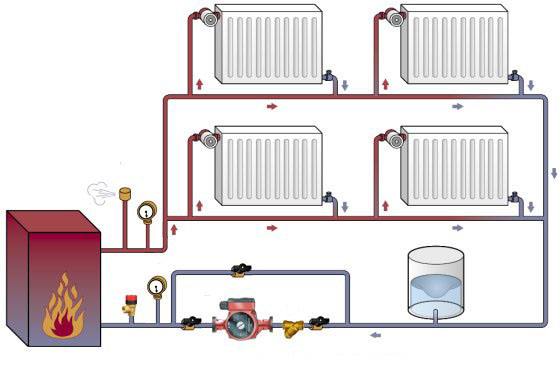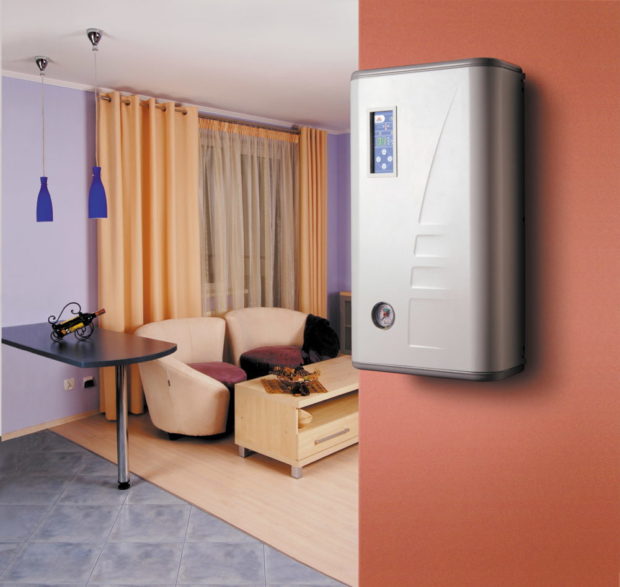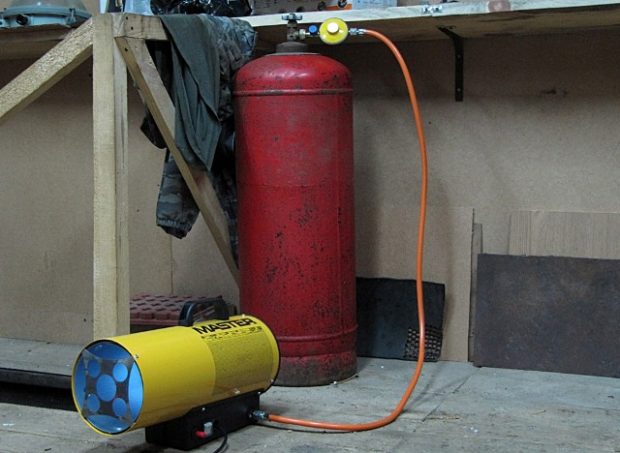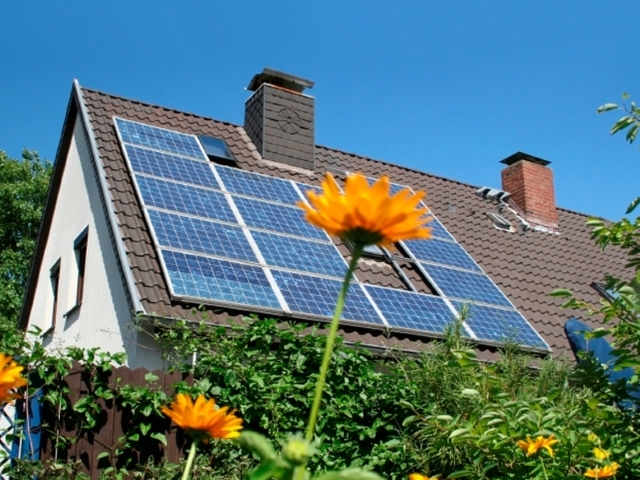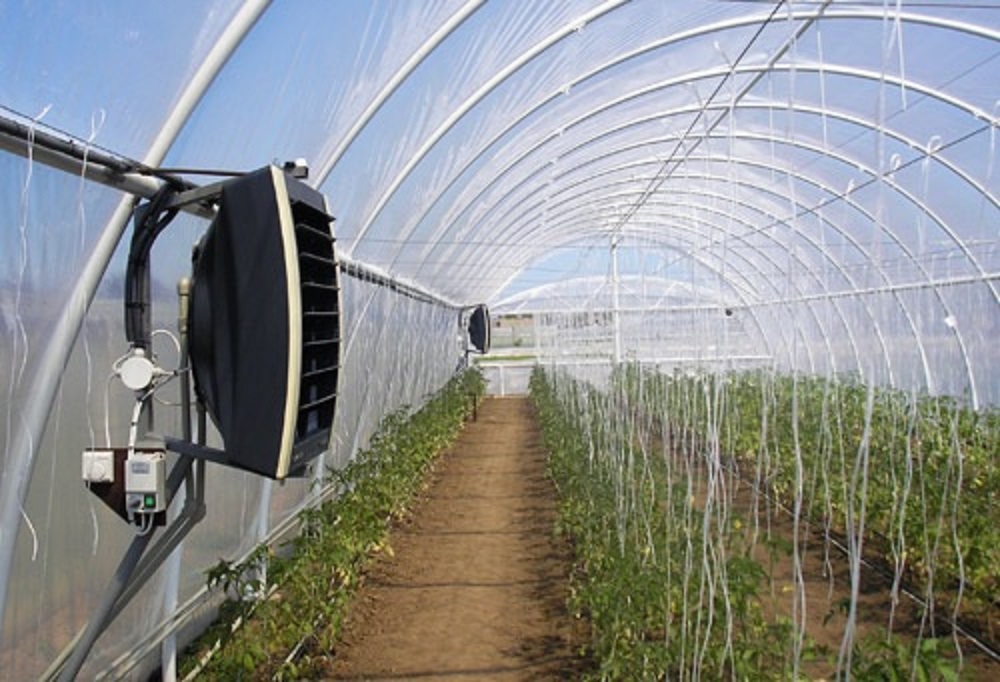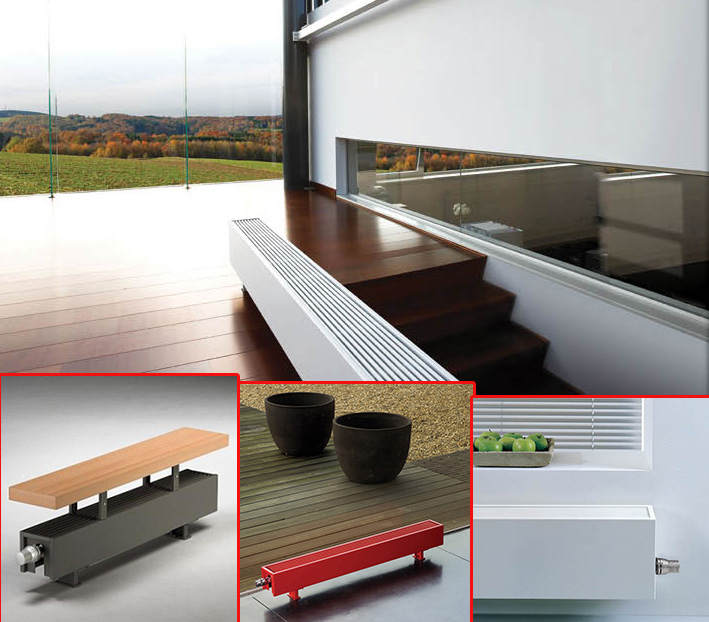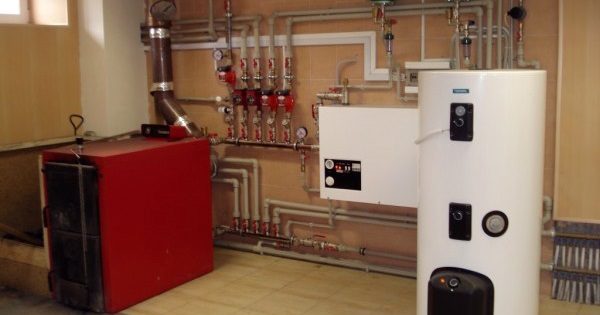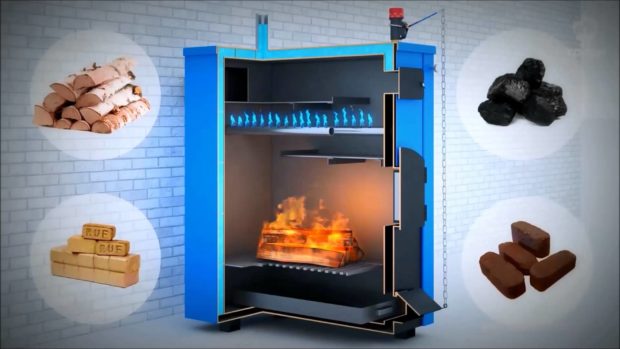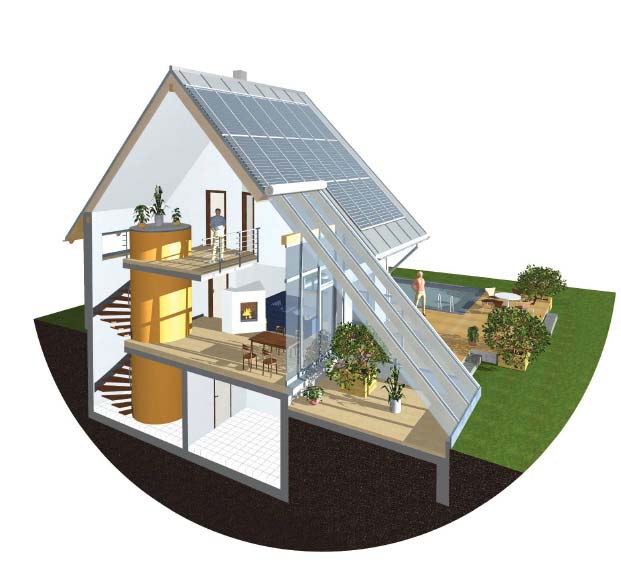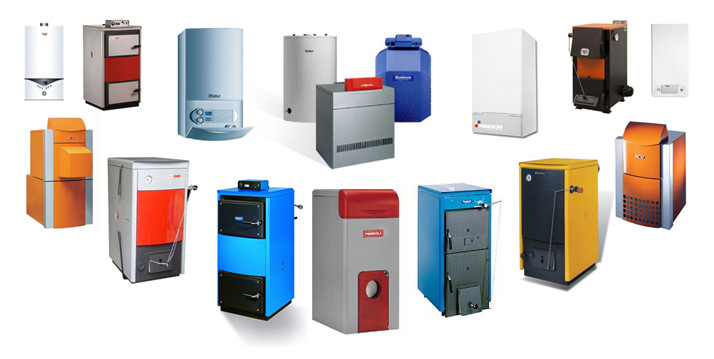9 tips for arranging electric heating of a country house and cottage
In Europe today, about 70% of all country houses heated by electricity. It is called the most environmentally friendly, convenient and safe way to get heat. On domestic open spaces electric country house heating and the cottages have not yet received such wide distribution in connection with the high cost of operation. Experts, however, argue that there are some ways that will allow economically heating with electricity. What needs to be done for this? What equipment will be appropriate as a stand-alone, and which will only be suitable as additional and backup?
No. 1. Pros and Cons of Electric Heating
Electric heating has spread due to many benefits:
- simplicity, speed and relative low cost of installation of the system. The arrangement and commissioning of electric heating systems will cost about 30% cheaper than similar work on other systems;
- ease of operation, lack of need for regular service;
- small sizes of heating appliances;
- silent operation;
- safety, environmental friendliness and hygiene;
- high efficiency;
- long service life;
- automation of the heating system and the possibility of flexible regulation of the system.
It may seem that electricity is an ideal way to heat, but it also has serious flaws:
- cost of electricity;
- power outages, which has become the norm for a huge number of suburban areas.
If electricity is the only option to keep warm in winter, then you can deal with flaws. Of course, electricity is an expensive resource, but if it's good insulate the house and choose the right equipment then costs can be reduced at times. Of course, the climate of the region also has a significant impact, but the role of insulation is huge: 1m for heating3 uninsulated space takes about 50 watts, and if insulate the house according to all the rules, then about 20 watts of energy will be needed. Naturally, the smaller the house, the lower will be the cost of its heating. Electricity best for small single storey houses, in other cases it is better to make it a backup source of heat, heating the house with gassolid or liquid fuels.
To system independent of power outagesbetter to use rechargeable batteries and generatorsworking on gasoline or diesel, an alternative is to install solar panels or a wind generator.
Another important point - the line power should correspond to the load that will be assigned to it when the electric heating devices are turned on.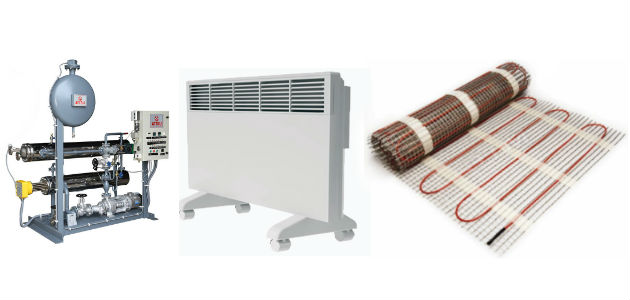
No. 2. Options for electric heating of a country house
Heating electrical systems can be two main types:
- those that use an intermediate coolant;
- those that immediately convert electrical energy into heat and transmit it to the environment.
The first type includes boilers and oil coolersand to the second convectors, infrared heaters, fan heaters and electric floor heating. Actually, this is a list of possible options for electric heating of the cottage. The type and number of devices is selected depending on the size of the room and the frequency of people there.
No. 3. Heating a country house with an electric boiler
main part electric boiler – heat exchangertank with heating elements. They heat the coolant (water, antifreeze, oil), which circulates through a system consisting of pipes and heating radiators - everything, as is the case with gas or liquid fuel boiler. In addition, the system often includes an expansion tank, a circulation pump and a safety valve. Induction and electrode boilers work a little differently.
Benefits This heating method is obvious: no smoke and no need equip the chimney, noiseless operation, safety, high efficiency (up to 99%), ease of operation and temperature control. Due to the high cost of electricity, such boilers are mounted mainly when the country house is not used for permanent residence. In addition, do not forget about the need for a good electrical wiring.
In the heating system can use electric boilers of the following types:
- Heating boilers - the simplest and popular devices. The principle of their operation can be compared with a conventional electric kettle. Heating elements, which are usually 3-4 in the boiler, heat the coolant (water) in flow mode. Depending on the required temperature, the heating elements are switched on together, one at a time or in groups. Heated water circulates through the system, and circulators are usually used for better pressure and circulation. The power of such boilers is from 3 to 50 kW, there are models that operate on a single and three-phase network. Benefits TENOV of coppers: compactness, small price, simplicity of installation. Significant disadvantage - the formation of scale on the heating elements, which leads to an increase in energy consumption and a gradual failure;

- electrode boilers work without heating elements. Their main part is electrodes. With the passage of current from one electrode to another through a liquid, the latter heats up under the influence of its own resistance. Antifreeze is used as a liquid. The power of the electrode boilers is 5-25 kW. Such devices are deprived of the main disadvantage of TEN boilers - the formation of scale, they are compact, safe in case of water leakage and inexpensive. But they require mandatory water treatment, the water must circulate strictly at a certain speed, and the electrodes gradually wear out, therefore, require periodic replacement;

- induction boilers also do not have heating elements, and the heating of the electron carrier (water, oil, antifreeze) is carried out due to electromagnetic induction. These are the most economical boilers in operation, they almost do not form scale, durability is at an altitude, but the purchase costs will be considerable, and the dimensions of such boilers are decent.

In addition, all boilers are divided into single phase (consume 220 V voltage) and three phase (380 V): the former are suitable for small houses and summer cottages that are visited from time to time, and the latter are suitable for large summer cottages. Also, boilers are divided into wall and floor, on the single-circuit and double-circuit (these allow you to organize also hotter water supply cottages).
As for boiler manufacturer, then to ensure reliability and durability it is not at all necessary to give preference to imported equipment - domestic products are better suited to our operating conditions. By the way, craftsmen use an electric boiler together in a heating system normal boiler. It will cost even less, but there will be several more problems.
Number 4. Convectors for heating cottages
An electric convector refers to one of most popular ways heating of a country house. You can install the device anywhere in it is simple to control, does not take up much space, and the room warms up quickly enough and silently, Efficiency of about 95%. As a heating element, a tungsten spiral is used, which can be heated up to 6000C. She is placed in a ceramic insulator, and that is in an attractive steel or aluminum case. In the lower part of the body are openings for the entry of cold air, in the upper - for the release of warm. Heated air rises, giving way to cold, and so on in a circle.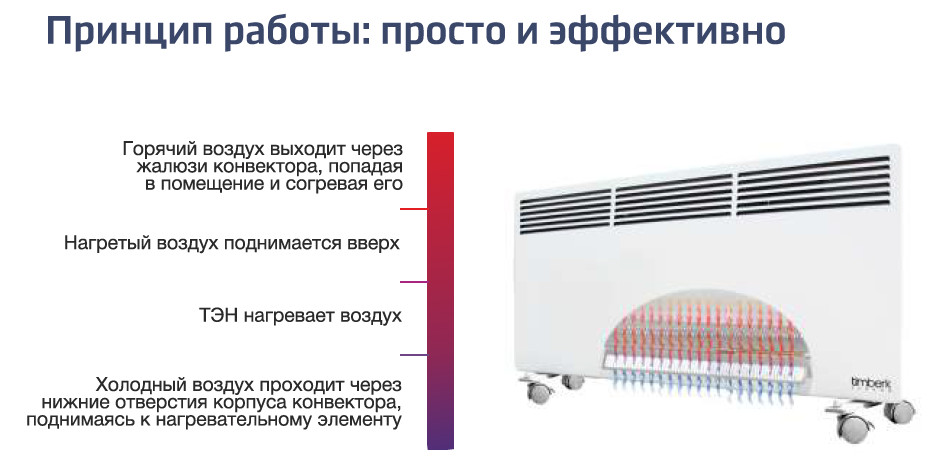
Air circulation can occur naturally or accelerated by fans. It is best to use fans during the initial heating of the room, and then completely switch to the natural exchange of air. Due to the design of the convector, its external casing does not heat above 600C, therefore, the device is absolutely safe. The preset temperature is maintained due to the presence of a mechanical or electronic control unit.
Convector can be floor or wall, built-in or external, its weight is small - from 2.8 to 6.2 kg. The power of electric convectors is from 0.5 to 3 kW. This parameter and the number of devices are selected depending on the area of the heated room and whether this is the only heating method or not.
How to calculate the power and number of required convectors? It is necessary to know the area of the heated room (calculation can be done for the whole house or room) and its height. Multiplying the area by height, we get the volume. The power required to heat a cubic meter of air depends on quality of room insulation. For well-insulated houses (according to all energy saving requirements) it is about 20 W, for houses with insulated walls, ceilings and double glazed windows - 30 W, for buildings with insufficient thermal insulation - 40 W, with poor insulation - 50 W.
For example, we have a small country house with an area of 33 m2 with a ceiling height of 2.5 m, the volume is 82.5 m3. Let's say our house is insulated, but not perfect (let's take a power of 30 W): 82.5 * 30 = 2475 W, or almost 2.5 kW. It turns out that you need to buy either one sufficiently powerful convector for 2.5 kW, or two for 1.2-1.3 kW.
No. 5. Oil radiators for summer cottages
It is possible to consider an oil radiator as the only heat source when the summer cottage is small and you appear there infrequently, in other cases - this is a backup and additional method of heating. Such devices are arranged simply: the heating element transfers energy to the oil (coolant), which circulates inside the device. Oil heats the case, and that, in turn, is the air in the room. It is possible to heat a room to an acceptable temperature with such a heater without any problems. Among his the benefits:
- the possibility of transportation from one room to another;
- high security, the surface does not heat up above 600FROM;
- durability and reliability;
- noiselessness;
- low price;
- lack of unpleasant odors.
Such devices do not heat the room very quickly, but they cool slowly, maintaining a comfortable temperature for a long time. For faster heating of the room, some models have a built-in fan. The power of devices is from 1 to 2.5 kW. The calculation of power is about the same as with a convector.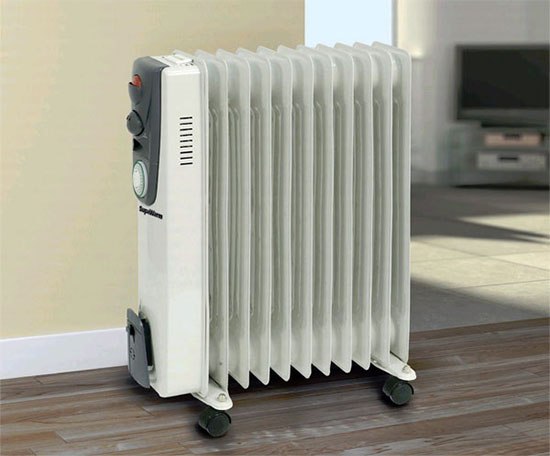
No. 6. Fan heaters for summer cottages
Fan heater is another way backup heating of a country house. It is not possible to constantly maintain the required temperature for them. Nevertheless, fan heaters have earned great popularity, as:
- are inexpensive;
- compact and mobile;
- allow you to quickly warm up the room;
- easy to operate.
Among disadvantages uneconomical, fire hazard, noise and unpleasant odor, since during operation, particles of dust and dirt get on a red-hot spiral. You can’t warm a large area with such a device, but for this there are thermal curtains and heat gunsthat work on the same principle as the fan heater.
The device is quite primitive: the air masses are heated due to contact with a heated heater, and move due to the presence of a fan. The differences are only in the type of heating element (spiral - the cheapest, but dangerous, and ceramic safe, but expensive), power (0.4-2.5 kW), type of control, in the form and form of the fan.
Number 7. Infrared heaters
Infrared heaters 20-35% more economical than conventional electric boilers, and experts are confident that soon such devices will be on a par with traditional heating systems. So far, in terms of popularity, they are losing to competitors, but demand for them is growing at an immediate pace. Operating principle It consists in converting electricity to infrared rays, which heat not air, but objects like the sun. Heated objects give off heat to the environment, and the temperature in the room rises. Items are heated only in the area where the rays of the heater are directed.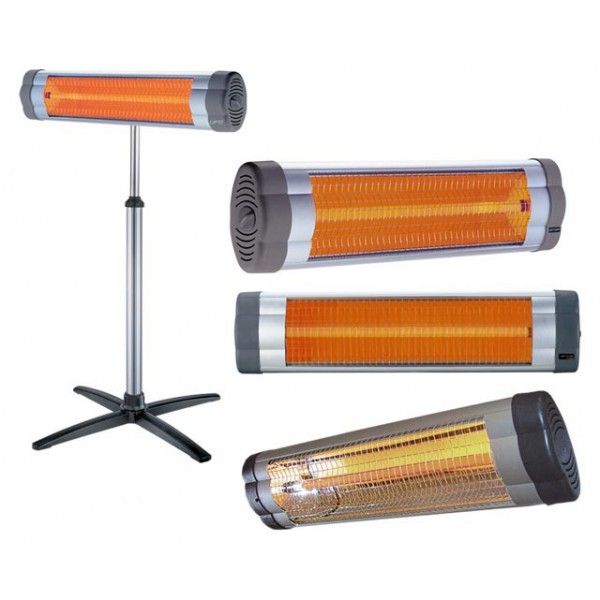
Infrared heaters presented in two versions:
- devices on legs;
- flat panels that attach to walls or even the ceiling.
Quickly heat the room in this way will not work, but due to profitability, environmental friendliness and features of work infrared heaters can be used as independent heat source in a country houseif, of course, they don’t live there permanently. Remember that often such devices are installed on the outdoor areas of the cafe, therefore, for the autumn-spring gatherings in the open air, these heaters will be just right - it will be warm and cozy rest zone.
The power of such devices ranges from 0.25 to 3-4 kW. Infrared heaters fireproof and durable, can last up to 25 years.
Number 8. Warm floors for a country house
Warm floor will create the most comfortable living conditions in a country house. To equip an electric underfloor heating, the following are used:
- cable, which is laid in waves, stripes or zigzags in the necessary parts of the room;

- infrared film, which works on the principle of infrared heaters and is easy to install. It is used even for arrangement “Warm ceiling” and “warm walls”.

Warm floor They call it a more or less economical way of heating due to the presence of an automatic control system and the correct distribution of heat, but it is impossible to call such heating cheap. In operation film floor will be cheaperbut film is more expensive electric cables.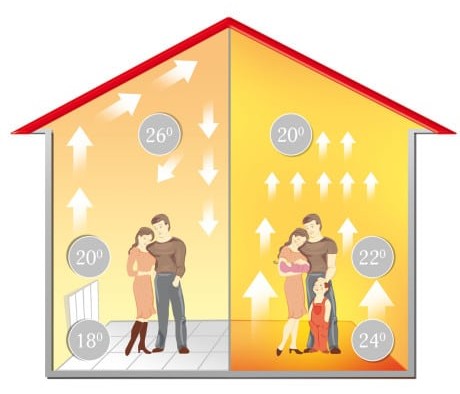
To the main the benefits electric underfloor heating should include:
- simplicity of installation and operation;
- uniform heating of the entire room;
- security;
- durability;
- the ability to adjust the temperature up to 0.10FROM;
- lack of need to allocate a place under the boiler, radiators or heaters.
If the area of a country house is large, then it is impossible to consider a warm floor as an independent source of heating.
No. 9. Split systems for heating
The split system can not only cool the room, but also heat it. We’ll make a reservation right away this is possible only at positive external temperatures, i.e. it will be possible to receive heat from the split system in the autumn and spring, when on the street it is about + 1 ... + 50C. The device can be considered a backup source of heat when the main heating system is turned on, it seems, sooner or later, and you want to warm it in the house.
It is worth remembering that the split system is not a heater, and there is no heating element in it. Hence the restrictions on the outside temperature.The generation of warm air by the split system can be called the reverse of freon: heat is taken from the street and supplied inside, and this can be called not heat generation, but its pumping. Therefore, the closer the outside temperature to zero, the lower the efficiency of the split system for heating. At positive temperatures, the amount of heat supplied to the room can be 2-4 times the amount of energy spent on this.
While electricity is still difficult to compete with heating systems for liquid, solid and gaseous fuels. In addition, there are ways to get heat from alternative energy sources. But in some cases a country house cannot do without electric heating, and here the task is to choose the most suitable heat source, and, of course, in proper energy saving.

